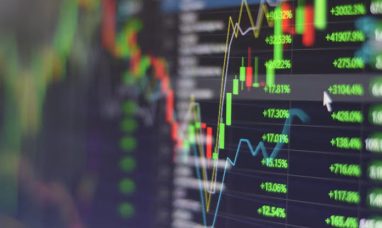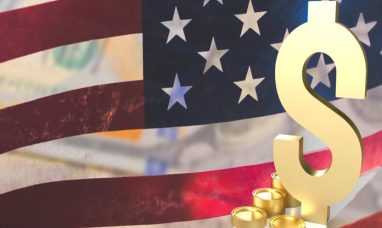Following the December FOMC meeting press conference, which signaled optimism about the end of higher interest rates and hinted at multiple rate cuts in 2024, the equity markets experienced euphoria, briefly impacting the strength of the US dollar as interest rates dipped. However, the subsequent economic data and the divergent views among Fed members have left the trajectory of interest rates uncertain.
Positive indicators, such as a surprising drop in initial jobless claims to 187K (the lowest since September of the previous year), robust retail sales surpassing December estimates, and a CPI report indicating inflation at 3.4%, above the Fed’s 2% target, have fueled speculation of a potential increase in yields and a resurgence of the US dollar. On the flip side, housing starts fell by 4.3% in December, affecting the demand for home furnishings and furniture, while the PPI for the same month came in at -.01, contrary to the expected .1%. Additionally, the upcoming 2024 general election introduces another variable that could influence interest rates, despite the Fed’s claim of political independence.
Some Fed officials are attempting to manage expectations, countering the prevailing sentiment of aggressive interest rate cuts. Fed Governor Christopher Waller emphasized the strength of the US economy, suggesting a cautious and gradual approach to policy adjustments.
As of the current assessment, the January FOMC meeting is anticipated to maintain the Fed Funds rate at 5.25-5.50 with a 98% probability. Notably, market expectations for a rate cut in the March meeting have shifted from 75% to 46% in a week, highlighting the volatility of sentiment close to FOMC meetings.
Examining seasonal patterns, the US dollar index futures contract historically shows a bottoming in December or January, followed by sideways trading until February, when a notable rally often occurs. An intriguing correlation exists between the February US dollar rally and the rise in the yield on the 10-year Treasury Note until the end of March. This pattern is attributed to increased government debt issuance for income tax refunds by the April 15 deadline, creating a market correlation of higher yields leading to a stronger dollar.
While seasonal patterns offer insights, it’s crucial to consider other technical and fundamental indicators, risk management strategies, and overall market conditions for well-informed trading decisions.
Analyzing the weekly continuous US dollar index chart and the COT report reveals commercial traders’ unprecedented bullish sentiment, reaching levels not seen in the past 52 weeks. The last comparable bullish sentiment in July 2023 resulted in an 8% price increase. Notably, the recent accumulation occurred at a higher price than in July, further indicating positive sentiment among commercial traders.
In conclusion, amidst uncertainty regarding future interest rates, traders closely watch market signals. Despite equity markets reaching new highs and potential rate cuts on the horizon, external factors such as geopolitical tensions and supply chain disruptions could impact the trajectory of the US dollar. As always, it’s essential for traders to consider a holistic approach, incorporating various indicators and staying attuned to market dynamics.
Featured Image: Pexels @ Yan Krukau














